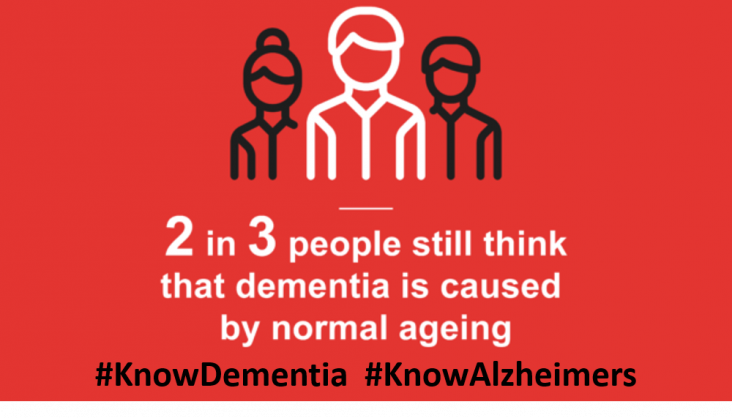Addresses the Health Effects of Climate Change: a new expanded climate and health strategy based on data, science, and action.
The purpose of the present paper is to disentangle the mechanisms that connect climate change-induced disasters, inequality and vulnerability by accounting for both directions of causality.

World Alzheimer's Day is an international campaign organised by Alzheimer's Disease International to raise awareness and highlight issues faced by people affected by dementia. It takes place every year on September 21st and is the focus of World Alzheimer's Month. In support of this year’s theme – ‘Know dementia, know Alzheimer's’ - Elsevier presents a curated, open access collection of over 70 journal articles and book chapters focused on shining a light on the warning signs of dementia and the importance of a timely diagnosis.
After 10 years of the Fukushima Nuclear Accident, Japan decided on 13 April 2021 to release the nuclear wastewater into the Pacific Ocean.
Droughts are extreme events that have major impacts on communities, ecosystems and economies due to slow onset and complex processes.
The climate policy discourse on Loss and Damage has been considering options for averting, minimizing and addressing critical and increasingly systemic climate-related risks in vulnerable countries.
Effective management of slow-onset impacts such as coastal erosion, desertification and sea level rise and their often-transformative impacts on communities and countries has remained relatively unexp
Based on a systematic review of journal articles, books and book chapters, and policy papers, we evaluate possible sources of finance for addressing loss and damage from slow onset climate events in d
This paper reviews the evidence on slow-onset events presented in the Special Report on Climate Change and Land (SRCCL) and the Special Report on the Ocean and Cryosphere in a Changing Climate (SROCC)
This paper advances the literature on multiple knowledge systems, showing how Traditional and Local Knowledge (TLK) systems can collaborate with scientific knowledge to advance understanding of the sl
